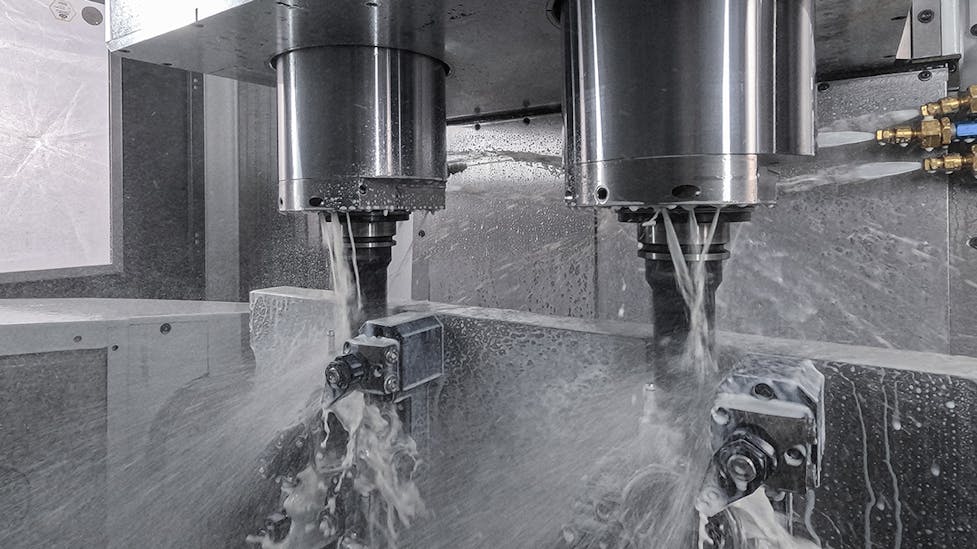10 development steps on how Pierer Mobility proceeded with the introduction of cost engineering:
Mr. Gumpinger explains "It is relatively easy to develop the processes for Should Costing, Target Costing and What-If Analysis. Implementing and establishing these was the biggest challenge." The lessons learned by Pierer Mobility AG along the way are summarized below:
1
We started with purchasing because we can show cost effects more quickly here. When Should Costing is used in negotiations and developed further with suppliers, you can quickly see the effects on spend. In addition, it was a great advantage for the purchasers to receive support and thus benefit from the objectification of the negotiations.
"That's why the change in purchasing was very easy and quick: because people saw it as a great help."
2
Once cost engineering was well established in purchasing, we continued where you can achieve the most, but where it takes the longest: in development and product management. We were faced with the challenge that the mindset in engineering and product management was not as well-prepared, and it resulted in a major change.
3
We created the right framework conditions in advance: We used supporting collaboration tools such as Jira to achieve targeted collaboration. We made the necessary preparations to be able to store everything in a data lake later on. This unites the various systems such as SAP or Microsoft DevOps and allows us to perform data mining.
4
In product management, we started with the simplest configurations in order to quickly create initial calculations for complete vehicles and to be able to calculate the business case. After all, no product should enter development without a business case.
5
Once the business case has been calculated, it is converted into target costing: the targets are derived from the business case from assembly level down to component level. The data statuses are regularly evaluated in what-if analyses, depending on the maturity level of the designs. Simulations are used to determine where there is potential for improvement.










